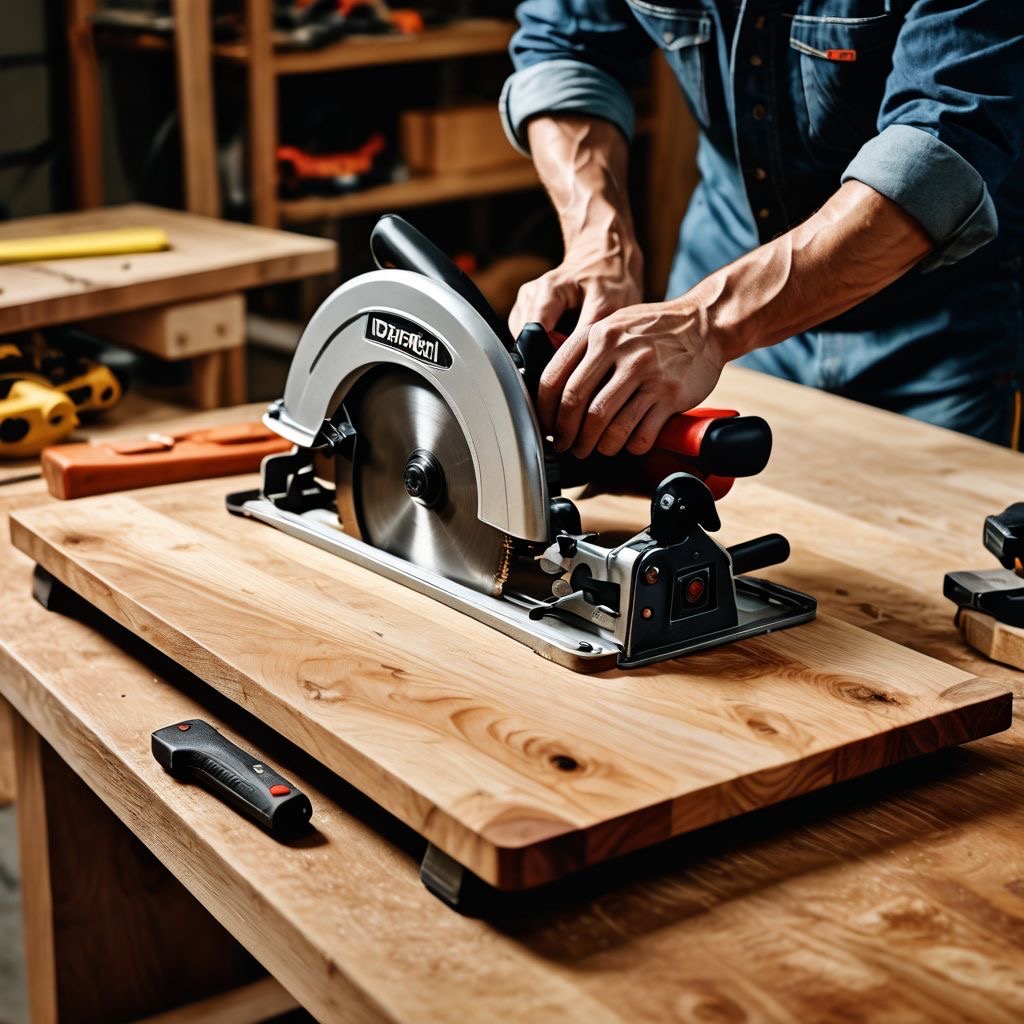
Table of Contents
1. Introduction
1.1 The Importance of Choosing the Right Wood
1.2 Overview of Wood Options
2. Wood for Landscaping and Hardscaping in Winnipeg
- Types of Wood Commonly Used
- 2.1 Treated Lumber
- 2.2 Cedar
- 2.3 Other Softwoods
- 2.4 Hardwoods
2.5 Benefits of Wood in Landscape Design
3. Treated Lumber: The Pros and Cons
3.1 What Is Treated Lumber?
3.2 Advantages of Treated Lumber
3.3 Disadvantages and Environmental Concerns
4. Cedar: The Timeless Choice
4.1 Characteristics of Cedar
4.2 Benefits of Cedar for Your Landscape
4.3 Tips for Maintaining Cedar
5. Composites: The New Kid on the Block
5.1 What Are Composite Decking Materials?
5.2 Benefits of Composites
5.3 Drawbacks of Composite Materials
6. Where to Use Each Type of Wood
6.1 Using Treated Lumber
6.2 Using Cedar
6.3 When to Opt for Composites
7. Practical Tips for Selecting Wood for Your Landscape Project
7.1 Consider Your Project's Needs
7.2 Factor in Local Climate Conditions
7.3 Don’t Skip Sustainability
8. The Importance of Professional Help
8.1 Why You Should Consult Professionals
8.2 Finding Quality Landscaping Contractors
9. Conclusion
1. Introduction:
So, you’re finally ready to tackle that backyard project that’s been on your mind for what feels like centuries. Maybe you've envisioned a cozy deck for summer evenings, or perhaps a beautiful pergola to elevate your outdoor space—or even a stunning path winding through your flower beds. Whichever project you choose, one of the most crucial questions that come to mind is: What types of wood should I consider for my landscape design?
Clearly, you’ve come to the right place! In this article, we’re diving deep into the world of lumber—yes, I said lumber—specifically for landscaping in Winnipeg. Do you want to know whether treated lumber is more durable than cedar, or if those trendy composites measure up? Buckle up, because it’s going to be quite the ride through the timber terrain.
Wood is not just wood; it comes with its own set of characteristics, strengths, and weaknesses. Whether you’re seeking sturdy options for your patios or pool and patio landscaping layouts or aiming for something aesthetically pleasing for your home garden design, knowing the ins and outs of wood materials is crucial for making informed decisions.
Winnipeg-style weather can be a rollercoaster—think deep freezes in winter and mosquitoes as big as birds come summer. So, choosing the right wood not only impacts the appearance of your yard but also affects yard maintenance Winnipeg-style and the overall longevity of your structures. A well-considered choice can lead to enduring beauty and functionality that will last for years to come.
Fortunately, we’ll explore the various wood options out there, including the latest trends in composite materials. So if you’re ready to transform your space and make educated decisions about wood types that fit your unique landscape, join me as we dig into this wood-rich journey and discover what will work best for your yard!
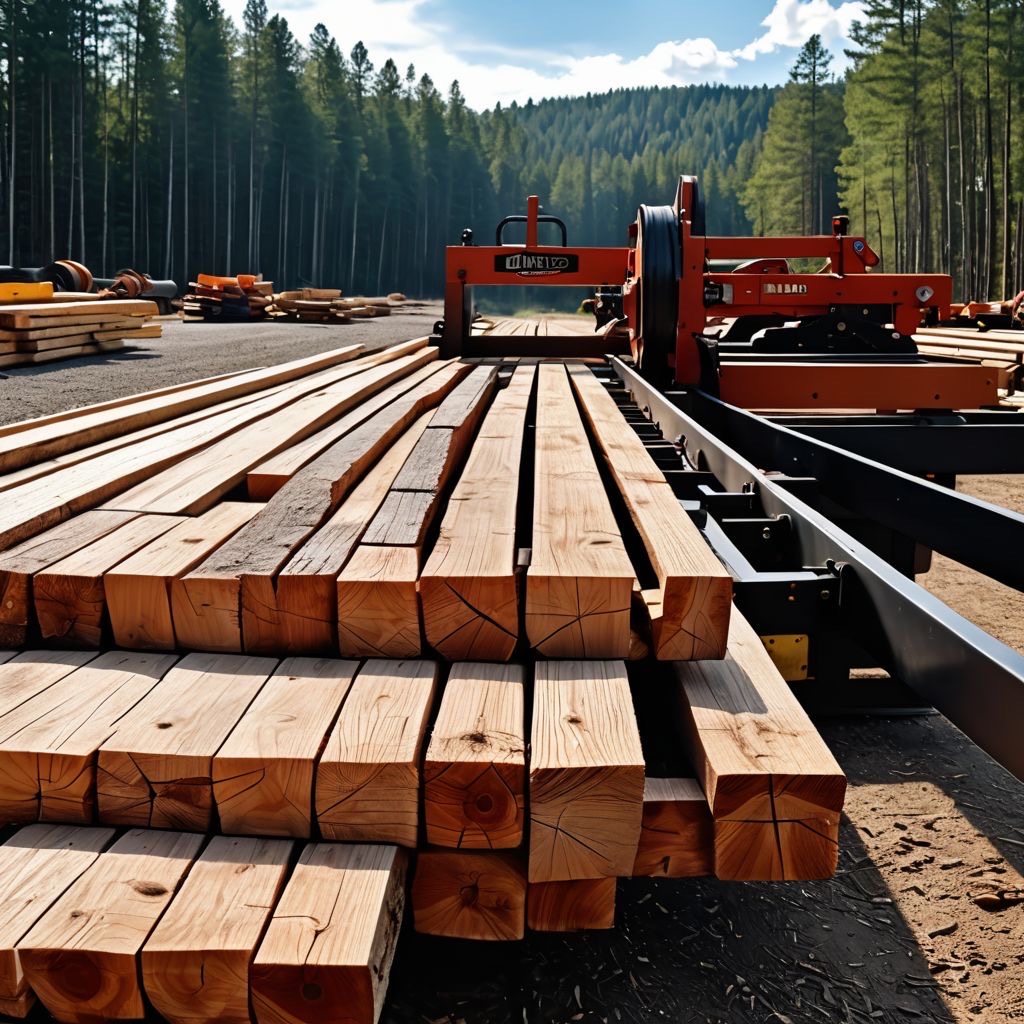
2. Wood for Landscaping and Hardscaping in Winnipeg:
Types of Wood Commonly Used
When it comes to wooden structures in landscaping, you have a variety of materials to consider. So, let’s break down the most popular choices available for landscaping Winnipeg homes.
2.1 Treated Lumber
Treated lumber is essentially wood that has undergone a special chemical process to resist rot, decay, and pesky insects. It’s a popular choice for outdoor projects, giving homeowners the assurance that their efforts won’t wash away with the next spring thaw. This type of wood comes in various dimensions, making it versatile for projects ranging from walkways to sturdy frames for raised garden beds.
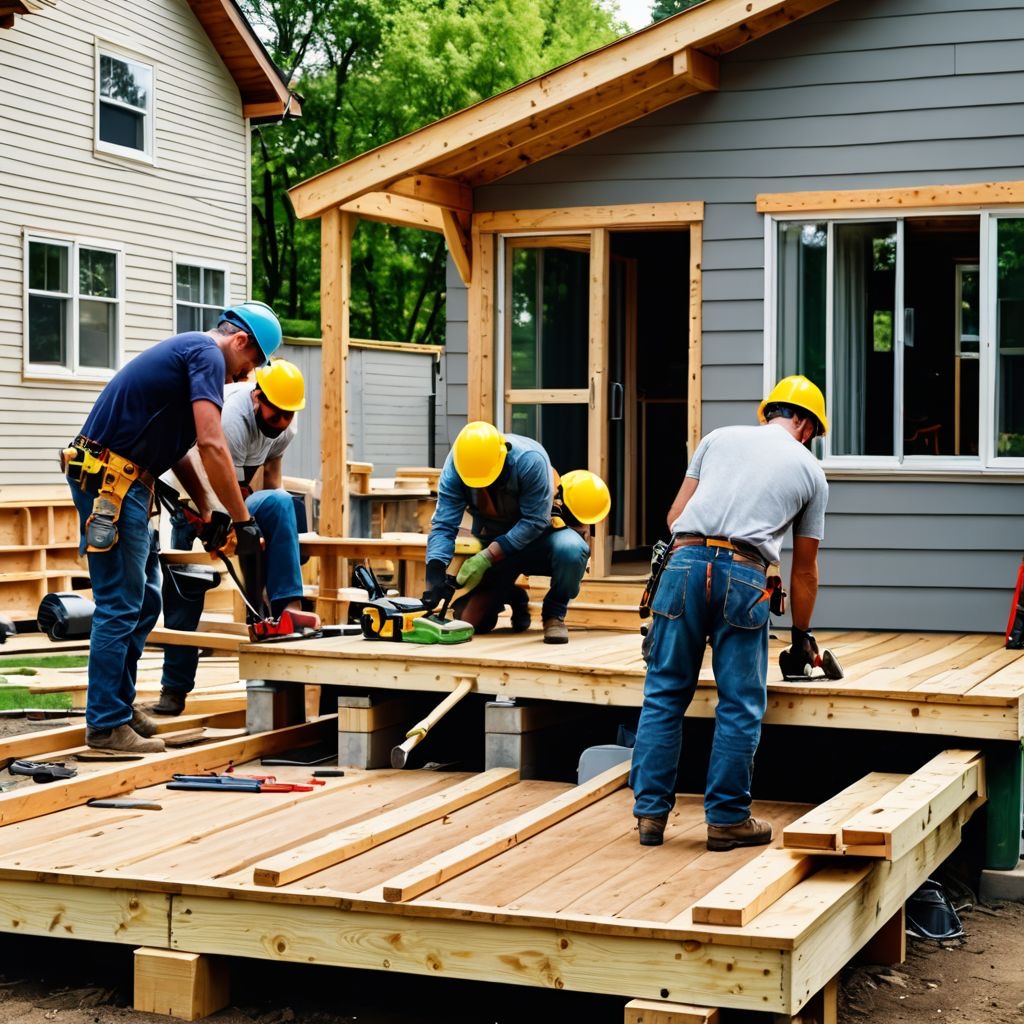
2.2 Cedar
Cedar wood is the rockstar of the wood world; it’s not only visually stunning but naturally resistant to moisture and insects. A beautiful cedar deck can elevate the aesthetics of your backyard throughout the seasons. Plus, let’s be honest, there’s nothing quite like the calming scent of cedar wafting through the air.
2.3 Other Softwoods
Aside from cedar and treated lumber, other softwoods like pine, fir, and spruce also make appearances in landscaping. They might not boast the same level of durability or resistance when compared to cedar, but they can still be effective options depending on your specific needs and budget. For example, pine is an economical choice, but it may require more frequent treatments to keep it in good condition.
2.4 Hardwoods
If you want a truly premium experience, hardwoods like oak, teak, and mahogany can add depth and elegance to your landscape. While they tend to come at a higher price point, their durability and longevity might be worth the investment—a gorgeous mahogany gazebo could well become the centerpiece of your yard while serving you for decades.
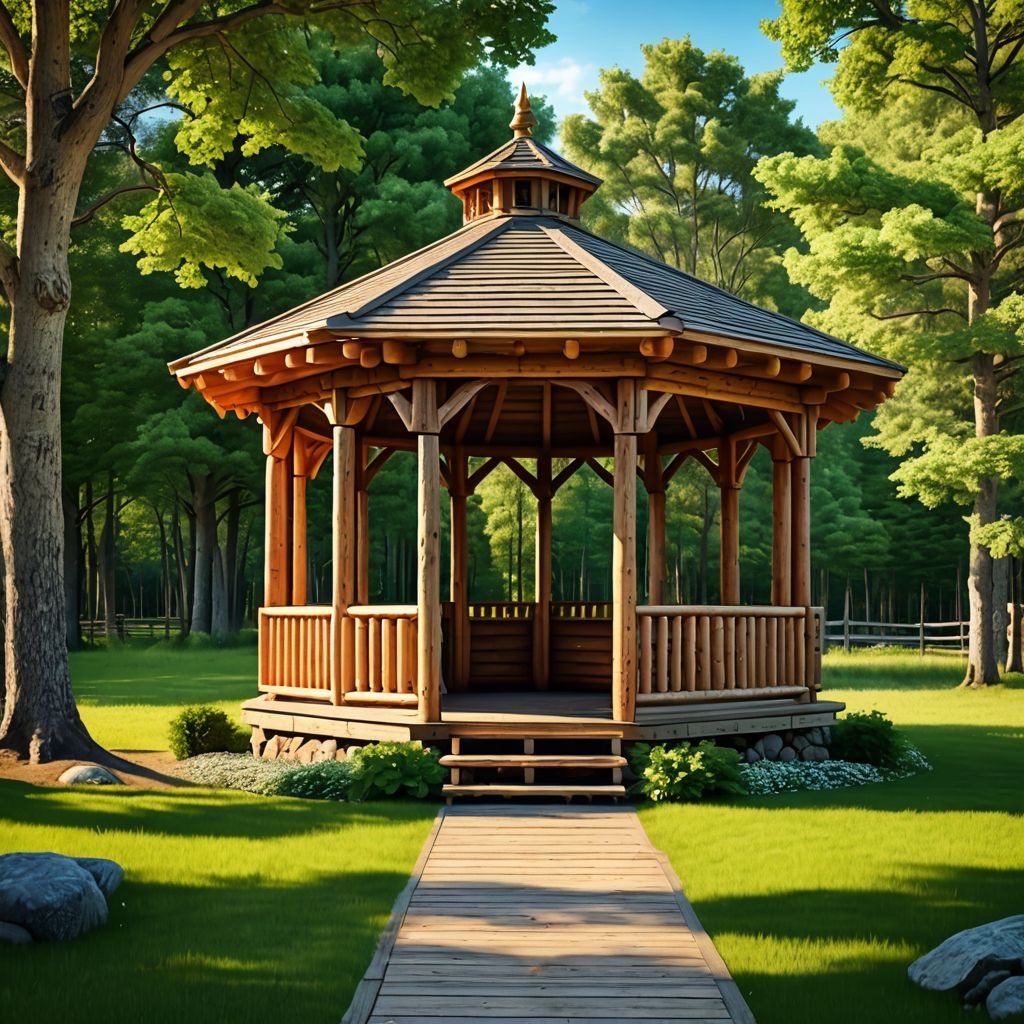
2.5 Benefits of Wood in Landscape Design
Wood is not just a pretty face; it comes loaded with benefits that make it a popular choice for various landscaping applications:
- Versatility: Wood can be used in numerous projects, from decks and pergolas to flower bed edging and fence structures.
- Aesthetic Appeal: Natural wood provides warmth and beauty that many synthetics can't replicate. It can easily integrate with surrounding plant life and architecture.
- Sustainability: When sourced responsibly, wood is an eco-friendly alternative to plastics and composites. Plus, it adds carbon storage to your landscape.
Incorporating wood elements into your landscape design can enhance the overall experience of your outdoor space. Picture yourself lounging on a beautiful cedar deck, sipping coffee on a warm summer morning, or hosting backyard barbecues under the shade of a custom-built pergola. These experiences can create lasting memories, further emphasizing the importance of thoughtful material selection.
3. Treated Lumber: The Pros and Cons:
3.1 What Is Treated Lumber?
As mentioned, treated lumber is wood that has been chemically treated to help it resist rot, decay, and insects. This treatment process ensures that you can use it outdoors without worrying too much about wear and tear. It's commonly used for structural applications, such as decks, fences, and other outdoor installations.
3.2 Advantages of Treated Lumber
- Durability: Treated lumber can withstand harsh weather conditions and insect infestations much better than untreated wood. Overall, it offers peace of mind, especially for projects subjected to the elements.
- Cost-Effectiveness: It’s generally less expensive than many wood alternatives, making it an attractive option for budget-conscious Winnipeg homeowners who want quality landscaping without breaking the bank.
- Longevity: Given its lifespan and resistance, treated lumber often requires less frequent replacement than untreated woods, saving both time and money over the years.
3.3 Disadvantages and Environmental Concerns
However, it’s not all sunshine and rainbows. Treated lumber does have its drawbacks:
- Chemical Concerns: The chemicals used in the treatment process can raise some environmental questions. If you're planning to grow plants near your treated lumber, ensure you do your research to avoid potential chemical leaching.

- Aesthetic Limitations: Treated wood often lacks the rich tones and textures available in natural wood, which could be a turnoff depending on the look you're trying to achieve.
- Regular Maintenance: While it is more durable, regular maintenance is still required to prevent splintering and discoloration over time, particularly if the treated lumber is exposed to the elements.
Ultimately, weighed against its longevity, the considerations regarding treated lumber make it a reasonable choice for many landscaping projects. But now, let's take a deep dive into the classic alternative: cedar!
4. Cedar: The Timeless Choice:
4.1 Characteristics of Cedar
Cedar is renowned for its remarkable durability and aesthetic appeal. Known for its naturally aromatic, insect-repelling properties, cedar stands as a trusted ally for landscaping projects, whether it's a quaint flower bed design or a robust deck.
Ready to transform your Winnipeg Landscape?
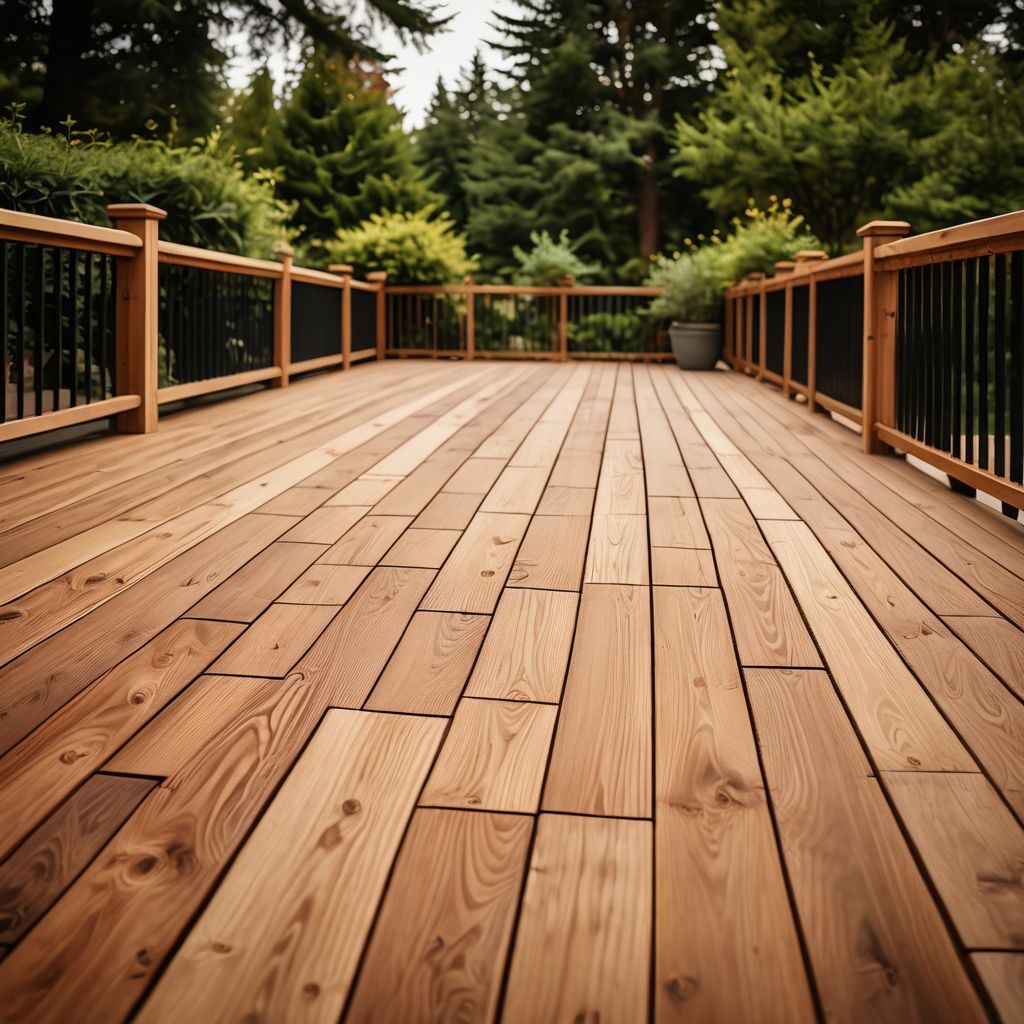
4.2 Benefits of Cedar for Landscaping
- Aesthetic Appeal: The rich grains and warm colors make it a visually striking option. Cedar’s ability to retain its beauty, even when weathered, is a significant perk. You can build structures with cedar that change gracefully with the seasons, maintaining a sharp look year-round.
- Natural Resistance: Thanks to its inherent properties, cedar resists rot and decay better than most naturally occurring woods—this is a tremendous boon for outdoor applications where moisture may be a concern.
- Workability: Cedar is easy to work with, making it a preferred choice for many DIY enthusiasts. Whether you're building a pergola or creating a fence, you’ll find cedar easy to cut, shape, and finish.
4.3 Tips for Maintaining Cedar
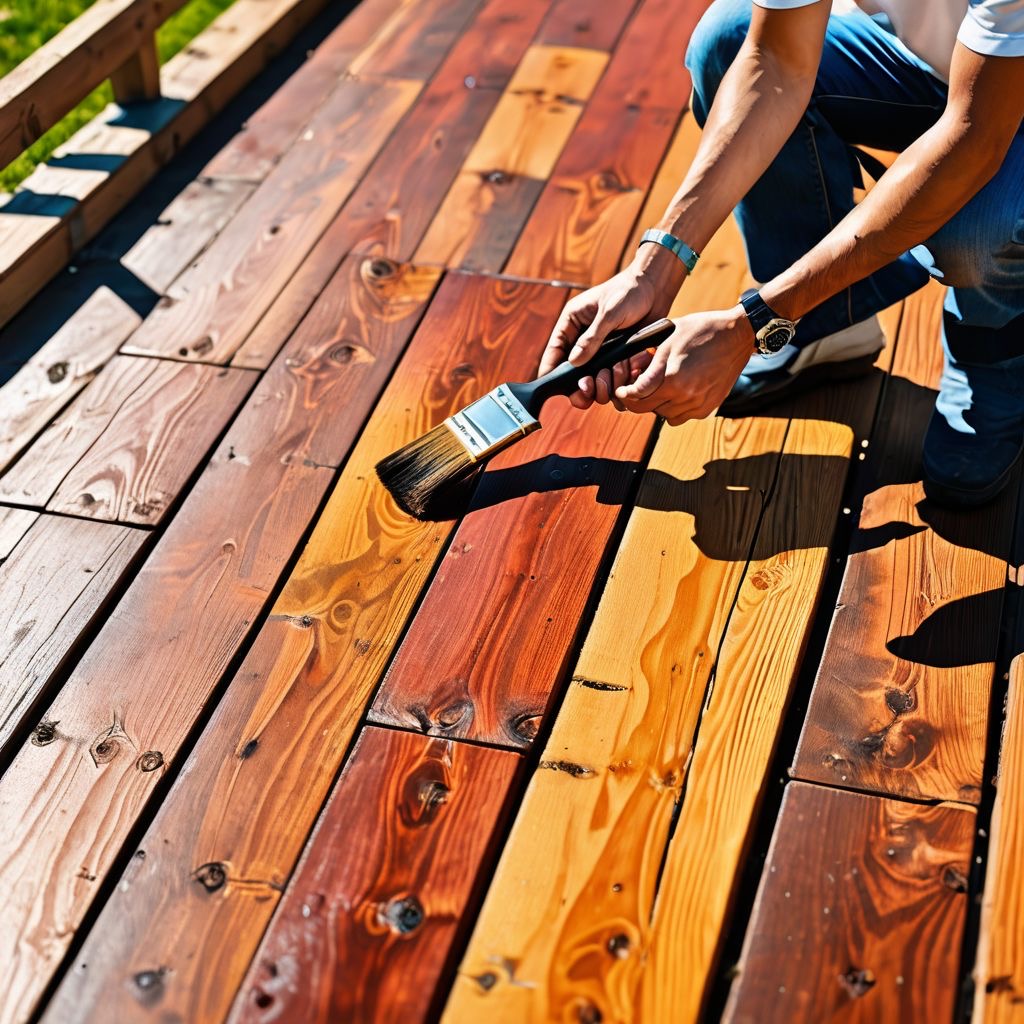
While cedar is impressive, you still need to pay attention to maintenance:
- Seal It: The occasional application of a wood sealant can help maintain the color and extend the lifespan.
- Clean Carefully: Use a gentle soap solution to wash off grime without damaging the wood. A soft-bristle brush can effectively remove dirt without compromising structural integrity.
- Avoid Moisture Accumulation: Regularly inspect your cedar for any signs of water accumulation. Proper drainage will help keep your wood in tip-top shape, preventing rot and extending its life.
When properly maintained, cedar can remain a beautiful, functional element of your landscape for years—adding not only warmth but also long-term value to your home.
5. Composites: The New Kid on the Block:
5.1 What Are Composite Decking Materials?
Composite materials are made from a mix of wood fibers and recycled plastic products, making them an eco-friendly alternative for those looking to design a durable area in their home. They are particularly favored in deck building due to their impressive weather resistance and low maintenance needs.
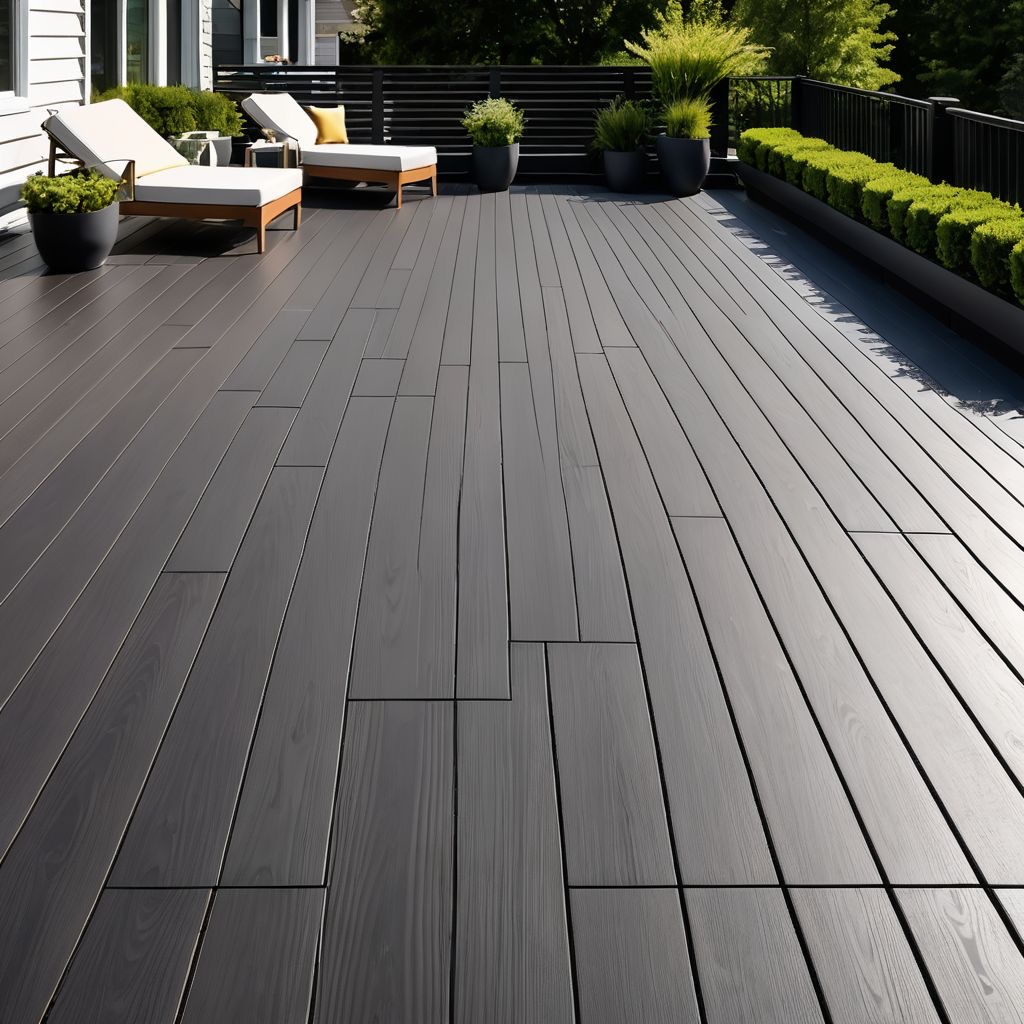
5.2 Benefits of Composites
Composite materials come with their own set of advantages:
- Low Maintenance: They require very little upkeep, needing only an occasional wash with soap and water to keep them looking fresh and clean.
- Longevity: Composites are known for their impressive lifespan—often exceeding traditional wood options—making them an ideal long-term investment for your outdoor space.
- Variety: Composites also come in diverse colors and finishes, making it easy to find an option that matches your preferred style, whether it’s rustic, modern, or anything in between.
Furthermore, many composite products mimic the look and feel of real wood while providing the same levels of comfort and aesthetic satisfaction.
5.3 Drawbacks of Composite Materials
However, it’s essential to consider a few drawbacks:
- Cost: While they last longer, initial costs can be significantly higher than treated or natural wood, which can be a turn-off for homeowners on a tight budget.
- Heat Retention: Composites can heat up in direct sunlight, potentially making them uncomfortable to walk on during hot summer days. If you plan on using them around a pool, ensure that you select products designed to stay cool underfoot.
- Less Natural Look: While they try to mimic wood, many composites still have a distinctly synthetic appearance and texture, which may not align with everyone's vision of a natural outdoor setting.
Ready to chat about your landscaping goals?

Reach out by call or text to: 204-229-9789 or click here to submit your information today to arrange a “no obligation” introductory phone call. We look forward to helping you transform your yard.
Tips on how to prepare for a consultation meeting with a landscape contractor
6. Where to Use Each Type of Wood:
It’s necessary to use each kind of wood in the right context to maximize its benefits.
6.1 Using Treated Lumber
Treated lumber is perfect for structural projects that require durability. Think decking, fencing, and raised garden beds. Just be mindful of any plants—especially edible herbs or vegetables—grown directly next to treated lumber, as noted earlier regarding chemical treatments.
6.2 Using Cedar
Cedar can shine in both aesthetics and function. It works wonders for decks, outdoor furniture, and garden structures. If placed near water features, cedar adds a rustic charm that softens the hard edges of stones and pathways, creating a harmonious environment that invites relaxation and tranquility.
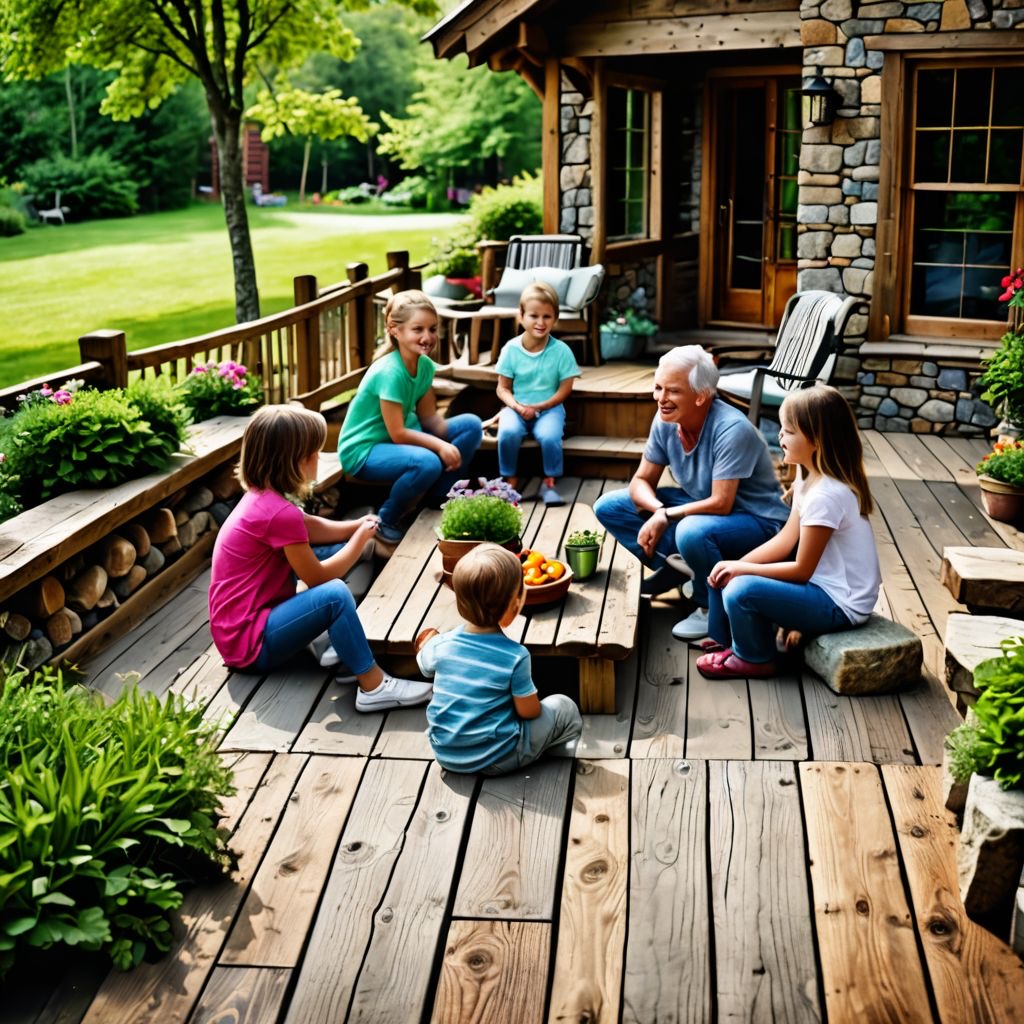
6.3 When to Opt for Composites
Choose composite materials for high-traffic areas, like a backyard deck or alongside a poolside—places where durability and maintenance ease are key. It’s also an excellent choice if you want to mitigate the environmental impact, as many brands have a hefty recycled content. Just be wary of aesthetics, as composites can differ greatly in appearance.
7. Practical Tips for Selecting Wood for Your Landscape Project:
While the above provides a good framework, let's round out this wood-talk with some practical tips to keep in mind.
7.1Consider Your Project's Needs
Before you select your lumber, ask yourself a few questions:
- Is aesthetic appeal more important, or do I need something extremely durable?
- Am I looking for a DIY job, or will I hire out the work?
- What will be the primary use of this outdoor space?
Taking some time to consider these aspects will streamline your decision-making process and help you build a plan that suits your lifestyle and preferences.
7.2 Factor in Local Climate Conditions
Given the meteorological quirks of Winnipeg, select wood that can handle the blistering sunlight, freezing temperatures, and sudden storms. Softwoods like cedar perform well in cold climates, while composite materials give you versatile options for varied conditions. Knowledge of your local climate will not only ensure your landscape looks stunning all year round, but it will help protect your investment over the long haul.
7.3 Don’t Skip Sustainability
With environmental awareness becoming more crucial than ever, it’s wise to consider where your wood is sourced. It’s not just about looks and durability; it’s about making choices that will have a positive impact on the world around you. Opt for landscaping companies in Winnipeg that prioritize sustainability and responsible sourcing to ensure your outdoor space is not only beautiful but also environmentally friendly.
8. The Importance of Professional Help:

8.1 Why You Should Consult Professionals
While DIY can yield wonderful results, don’t underestimate the value that professionals bring to the table. Their industry expertise, creative insights, and access to quality materials and tools can elevate your project beyond what you may have imagined initially.

8.2 Finding Quality Landscaping Contractors
When choosing landscaping contractors near me, consider their reputation, verify credentials, and request a portfolio of past work. Many contractors have established relationships with reputable lumber suppliers, ensuring you get the best wood for your specific needs. Prioritize companies that offer warranty options for their work, as this will provide further assurance for your investment.
Read here about about City of Winnipeg permit requirements, contacting utilities and design tips.
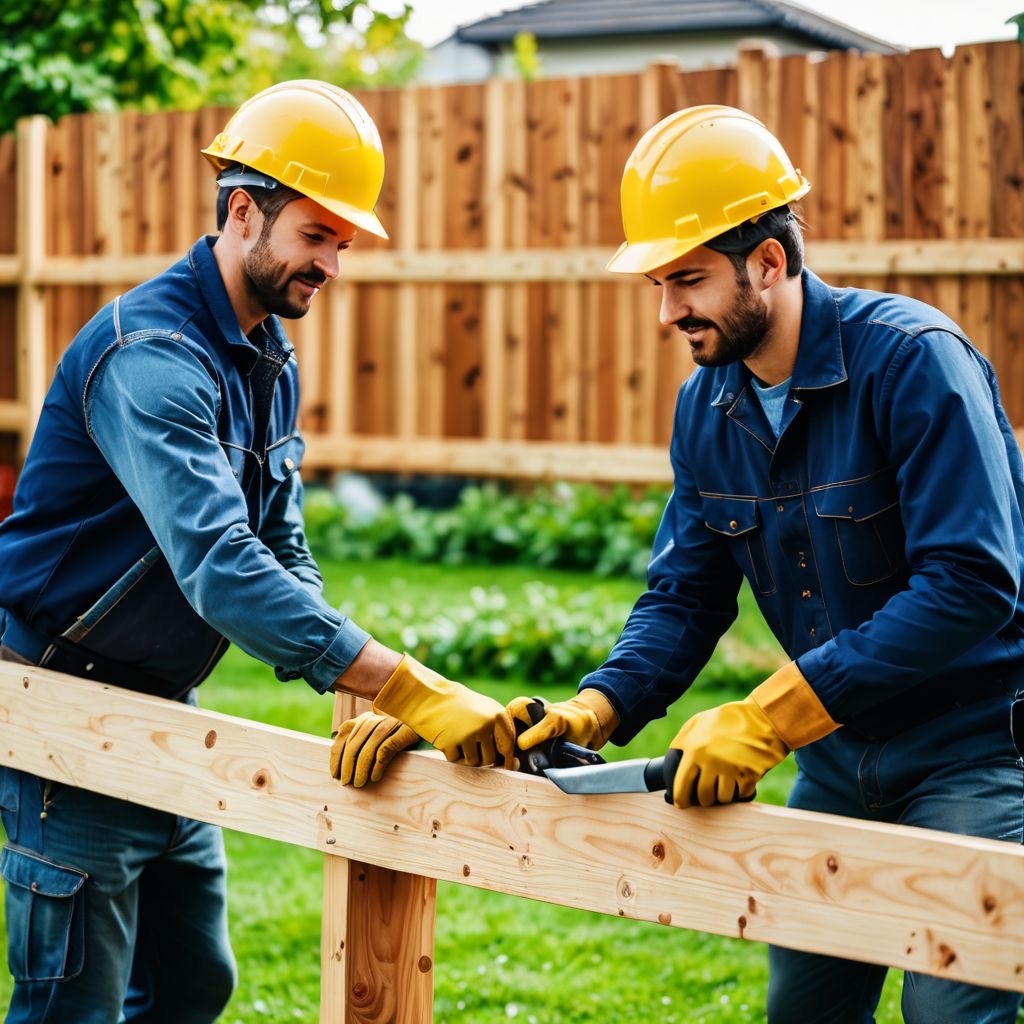
9. Conclusion:
As we bring this lumber-laden journey to a close, remember that selecting the right type of wood for your Winnipeg landscape design can dramatically alter your yard's functionality, aesthetic appeal, and longevity. Whether you go for durable treated lumber, the classic charm of cedar, or the modern convenience of composites, each choice tells a story about you, your home, and your unique style.
Understanding your options allows you to create an outdoor oasis that reflects your character, serves your needs, and thrives through Winnipeg's unique climate challenges. So whether you're dreaming of a rustic deck, a picturesque pergola, or a captivating flower bed design, make sure to consider all the factors discussed here before breaking ground.
By investing the time to understand wood’s role in your landscape, you're setting the foundation for a yard you'll love for years to come. Remember, your outdoor space should be a sanctuary of enjoyment—so grab that blueprint, find the perfect lumber type, and start designing the outdoor space of your dreams!
Don't miss out! Click here to subscribe today and get the latest blog posts delivered straight to your inbox.



